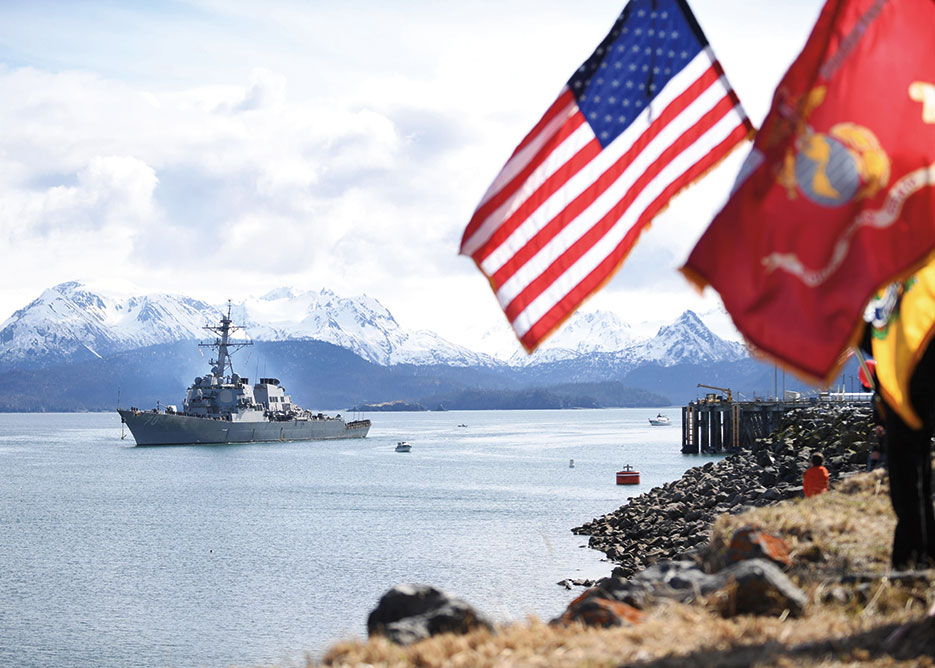DOWNLOAD PDF
Lieutenant Colonel Gregory E. Browder, USA, is Deputy Division Chief, Joint Doctrine Division, Joint Staff J7. Lieutenant Colonel Markus J. Lewis, USA, is a Strategic Planner, Joint Doctrine Division, Joint Staff J7.
The nature of war is changing. . . . It is my assumption today that it would be very difficult for any conflict to be isolated to a region. Any conflict we have will be trans-regional, multi-domain and multi-functional.
—General Joseph F. Dunford, Jr.
The changing character of warfare demands a more flexible doctrine development approach. In response to the risk associated with revising joint publications (JPs) based on their age, the Director of Joint Force Development, Vice Admiral Kevin D. Scott, recognized that JP development must be prioritized based on top-down guidance and bottom-up refinement. As a result, the joint doctrine development process is being redesigned. This Adaptive Doctrine approach will reduce the time required to revise publications; ensure the process is being effectively managed to produce high-quality revisions; and reset the content of the joint doctrine library to reflect a portfolio that is lean, appropriately linked to joint warfighting functions, and is manageable within manpower and fiscal limitation. The figure explains the central idea of how the Joint Staff has updated the process. The following details further explain the three components of the updated Adaptive Doctrine development approach.

Priority. The JP hierarchy has been reviewed, detailing the association and usefulness of a particular publication to the National Military Strategy and joint force. That analysis provided a baseline from which combatant commands, Joint Staff, and Service inputs were used to prioritize the library and calendar year 2017–2018 Joint Doctrine Development and Assessment Schedule.
Process. To meet process redesign challenges, the Joint Staff J7 is instituting several key policy changes such as single staffing of revision drafts during the JP development process; by exception, a second draft may be required. This adjustment will reduce the revision process time from 17 to 12 months. However, this streamlined process necessitates the highest quality initial input from Joint Doctrine Development stakeholders. Additionally, the development process is being refined to ensure the appropriate level of effort is applied to each JP revision to enhance its usefulness and currency.
Product. J7 has also decided to reset the JP library to determine whether content as it is presently represented in the doctrine library is best suited to be maintained as is; consolidated in another joint publication(s); recategorized as a different product such as a subject specific manual or handbook to ensure joint doctrine is appropriately tailored; or should be eliminated altogether. These efforts will further inform whether changes are needed to our current product line to meet resource and manpower limitations.

USS Hopper prepares to moor in Homer, Alaska, in conjunction with its participation in biennial training exercise Northern Edge 2017, which includes units assigned to Alaskan Command, U.S. Pacific Fleet, U.S. Third Fleet, Marine Corps Forces Pacific, and U.S. Army Pacific, April 29, 2017 (U.S. Navy/Joseph Montemarano)
This Adaptive Doctrine approach will ensure joint doctrine development is responsive to strategic guidance, the joint force, and remain timely based on continuous assessment and feedback from the end user. As transregional, multidomain, and multifunctional threat environments continue to evolve, we must capitalize on our ability to adapt the joint doctrine that guides joint force commanders and their staffs as they prepare to conduct missions worldwide. JFQ